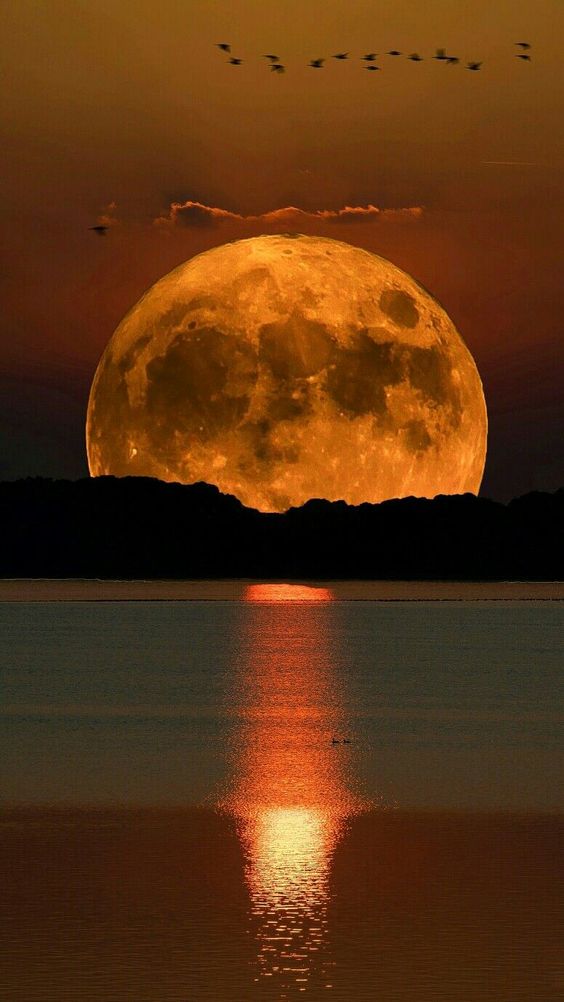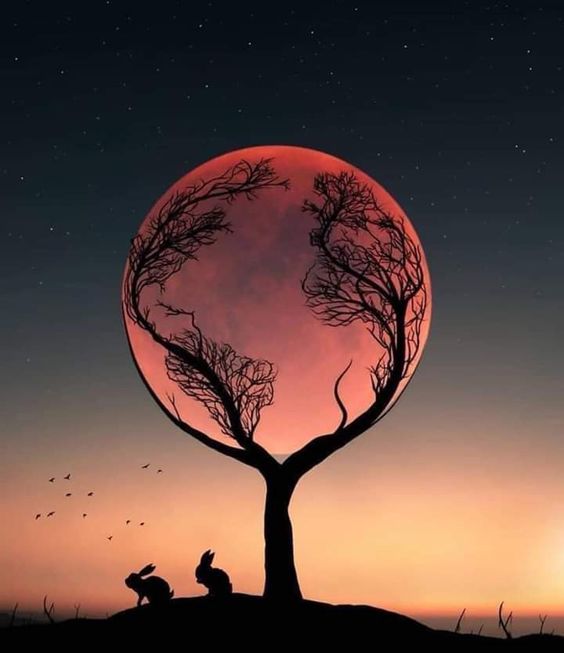For many centuries, humans have been fascinated by the Moon, which orbits around our planet. Its mysterious nature and glowing appearance have sparked creativity and curiosity in people throughout history. In this piece, we will delve into the wonders of our nearest space companion and discover its secrets and charm. Join us on this adventure as we explore the magic of the Moon.

The Moon’s Beautiful Dance: The Moon moves around our planet with elegance, taking around 29.5 days to complete a cycle. This movement creates the enchanting phases of the Moon like waxing crescent, full moon, and waning crescent, each possessing its own story. These phases add to the beauty of the night by illuminating the Earth with their mysterious glow.

The origin and characteristics of the Moon have long been studied by scientists. It is theorized that the Moon was formed billions of years ago due to a tremendous impact between Earth and a large object akin to Mars. Today, the Moon bears many distinct features on its surface, such as sweeping flatlands known as “maria,” towering peaks, jagged craters, and rough highlands. These unique landscapes are evidence of past volcanic activity and asteroid impacts that have sculpted the Moon’s topography over vast periods of time.

The unknown and enigmatic “dark side” of the Moon has always been a subject of interest. The side facing away from Earth was hidden from human view until the space age when the Soviet spacecraft Luna 3 took pictures in 1959. The images revealed a distinct terrain that differed from what was seen on the near side. This mysterious realm still captivates scientists and space enthusiasts to this day.

The Moon has always piqued humanity’s curiosity and encouraged us to strive for the unknown. The 60s and 70s Apollo missions were a significant milestone in human exploration, with Apollo 11 successfully landing astronauts on the Moon’s surface. Neil Armstrong’s historical words, “That’s one small step for man, one giant leap for mankind,” are forever remembered as a symbol of humanity’s relentless pursuit of knowledge and discovery.
Aside from its stunning appearance, the Moon affects our planet in a crucial way. Its gravitational pull creates ocean tides that play a vital role in marine life and coastal ecosystems. Additionally, the Moon’s presence has had a profound impact on various cultures worldwide, inspiring an array of artistic creations, myths, and legends that celebrate its mysterious essence.





